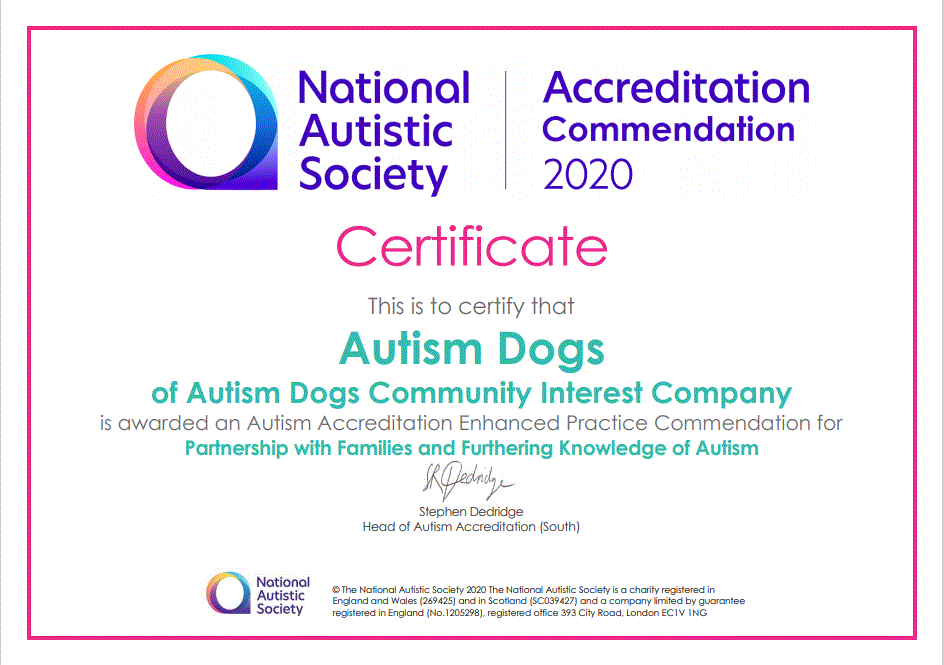



WHAT IS AN ASSISTANCE DOG?
An Assistance Dog provides emotional and practical support to individuals living with a disability.
An Assistance Dog can help a person to live more independently, provide loyal companionship, calm when anxious or scared, help develop new skills and improve self confidence.
An Assistance Dog is chosen based on its character traits, intelligence, health and ability to learn. An Assistance Dog is trained in techniques that mitigate or help with some of challenges conditions of a disabled person.
The training of an Assistance Dog can take over a year and starts when they are just a few weeks old. Most of the training is done as residential at our facilities. There are also days of training done in your home.
Owning an Assistance Dog can be life changing and bring about much happiness and joy to a person.
In order for the partnership between owner and Assistance Dog to be successful the owner must also be trained how to 'handle and care for' their working dog.
The many benefits of owning our Assistance Dogs for:
Autism, Severe Anxiety, PTSD, Learning difficulties, NF, ADHD, learning Difficulties, depression, cerebral palsy, poor social skills. mobility issues and attachment disorders are:
* An Assistance Dog will be trained to identify and respond the onset of building anxiety or meltdown with interventions that include nuzzling, leaning or lying over parts of the body and licking the persons face. They are also taught to use paws to lower moving arms and limbs.
* An Assistance Dog will be taught how to provide deep pressure therapies that help to bring about feelings of calm and soothing. The dog will lie across a lap, lean up alongside a person or even lie onto of the body. This is particularly helpful at night-time where anxiety can create issues with sleep.
* An Assistance Dog is taught to play Sensory Input and Interventions Games with the owner. These activities can help to engage, help develop learning skills and even distract from overload or meltdowns.
* Anti-bolting methods can also be taught to an Assistance Dog that can be applied to younger children under a certain weight.
* Training on how to behave amongst the general public in
public access places is required by an Assistance Dog. The confidence of having a highly trained and obedient dog for a handler can motive and enable a person to go outdoors,into shopping areas, use public transport even feel calmer during a hospital stay.
* An Assistance Dog can be taught to help a person with self-care tasks at home. Getting dressed by fetching clothing or picking up items from the floor that are difficult to reach.
* An Assistance Dog can also be trained to provide practical help in the home with everyday activities including turning on/off lights, opening and closing doors even fetching their own lead.
* An Assistance Dog can be trained to alert its owner to noises or smells that may cause a concern or be important to their day - like taking medication at regular intervals.
* An Assistance Dog can be taught to respond to hand signals so that selective mutes or none verbal users can still command their dog.








